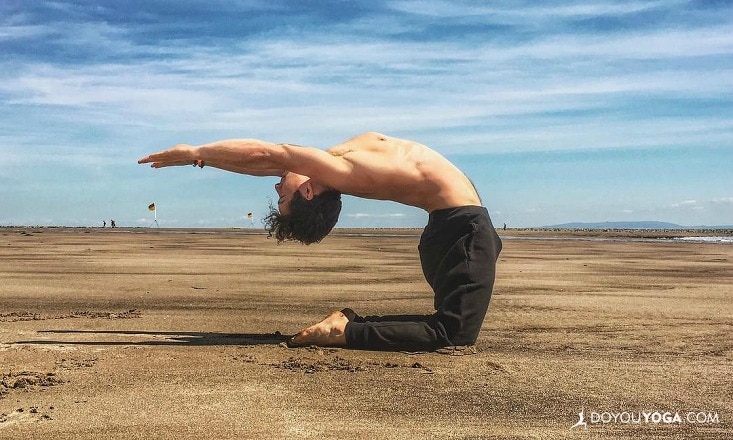In the spirit of Kundalini Yoga, let us begin with the Adi Mantra, ong namo guru dev namo, to bow down and call to the truth, creative wisdom, and divine teacher within each of us.
The practice of Kundalini Yoga has long been veiled in mystery, which often invoked fear and distrust to a broader audience. The energy of the snake coiled at the base of the spine was said to be too much for the untrained.
While it is important to practice with a competent teacher and slowly engage with the powerful energy waiting to be unleashed, Kundalini Yoga is more accessible now and no longer the exclusive and elite boy’s club where philosophies and teachings were passed down orally only to select disciples who proved their discipline and dedication.
When Yogi Bhajan emigrated to the west from India in the late 1960’s, he brought with him the scared and significant teachings of Kundalini Yoga.
What is Kundalini Yoga?
Translated from Sanskrit, Kundalini is referenced as the “coiled one” and comes from the root kundal which means “circular.” While there is often misconception on the practice of Kundalini Yoga, yogis can agree that this is the “Yoga of Awareness.”
Kundalini yoga focuses on expanding individual state of consciousness and connecting to the universal creative conscious by awakening the latent energy at the base of the spine—and helping that energy flow freely through the seven main chakras that align in the spine and crown of the head.
The practice blends spiritual teachings, kriyas (exercises for the body and breath), meditations, mantras, and mudras.
Why Practice Kundalini Yoga?
While there are countless benefits and reasons for trying a Kundalini class, let’s start with four to get started!
1. It Challenges Fears at the Root
It is impossible to unlock the coiled snake if the first chakra resists energy freely flowing through. Kundalini Yoga invites the practitioner to start where they are and to engage with setting healthy boundaries along their chakras as well as in life to help control the powerful serpent energy.
It challenges students to look at their unconscious and their fears. As the prominent psychiatrist and psychoanalyst as well as founder of analytic psychology, Carl Jung wrote in The Psychology of Kundalini Yoga, "until you make the unconscious conscious, it will direct your life and you will call it fate."
2. It Promotes a Sense of Wonder and Exploration
Following Kundalini philosophy, suffering is said to be self-created because of ignorance. Kundalini Yoga teaches students to be curious and challenge preconceived notions of truth. The focus is on the individual experience, and learning as paramount in the practice.
Sometimes teachings and exercises are critiqued for being vague or skimpy in detail because the focus is on the aspirant’s autonomy and freedom. Kundalini Yoga is better known for being a blueprint for the evolution of consciousness than a step-by-step procedure for liberation.
3. It Fosters Humility and Surrender
While often associated with negative connotations, the ability to surrender is an important lesson for Kundalini practitioners. While the style fosters individual expression and strength in one’s own truth, it also acknowledges that the individual is part of the collective creative conscious. Being able to surrender to the infinite whole allows students to shed the ego and accumulated karma and be humble.
4. Prioritizes Inclusions and Community
Seasoned practitioners may choose to wear white, since Kundalini philosophy believes that colors influence consciousness, and white helps reflect what is outside and allow the student to deepen the internal journey. However, Kundalini yoga teachers let everyone wearing all colors practice together.
Kundalini philosophy recognizes that everything is creative consciousness and people are all the same energy that manifests uniquely. In this way, Kundalini yoga strengthens individual compassion and inclusive communication.
There is a reason Kundalini Yoga is the Yoga of Awareness—it invites students to challenge their fears and unlock a dormant energy at the base of their spine. It promotes the individual to journey and explore what Kundalini yoga means to them while fostering a sense of humility and surrender that is necessary to be part of a larger whole and inclusive community.
This journey takes awareness to not stray into danger and to choose to be on the path of light. The benefits of Kundalini Yoga range from a stronger spine and core to a full kundalini awakening so why not give Kundalini Yoga a shot today!
In closing: May the long time sun shine upon you, all love surround you, and the pure light within you guide your way on.
Image credit: Dan Morgan


